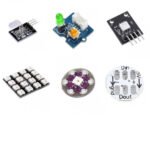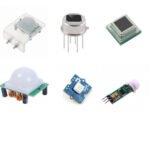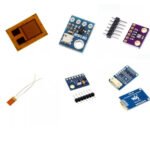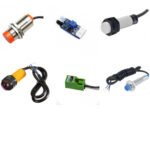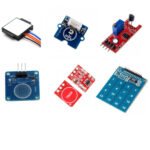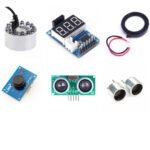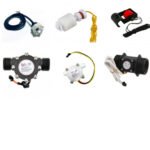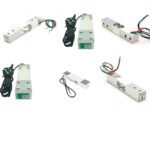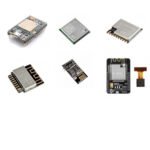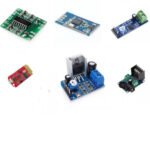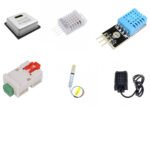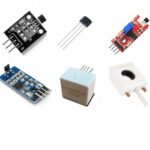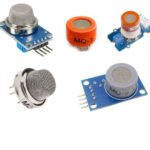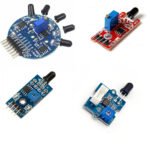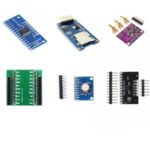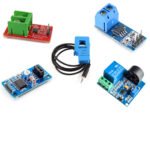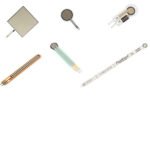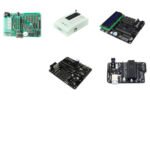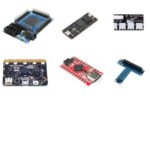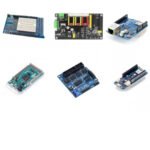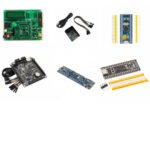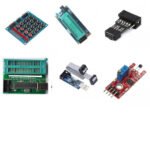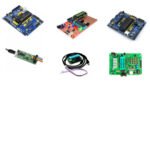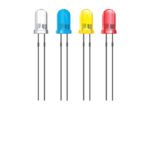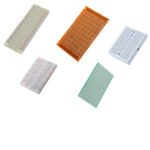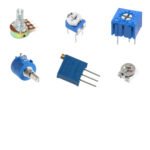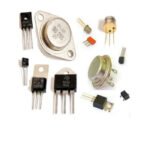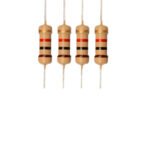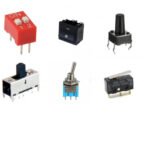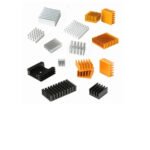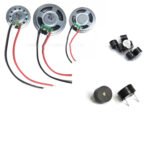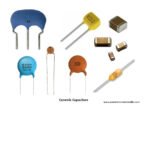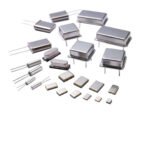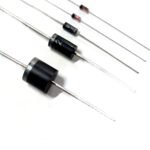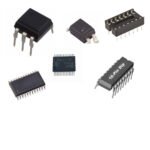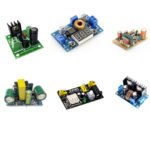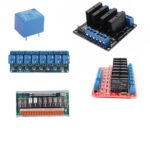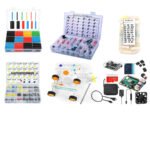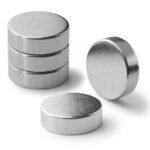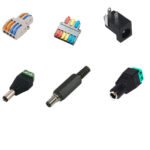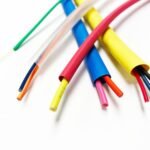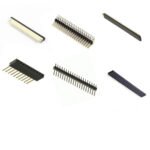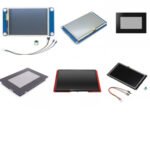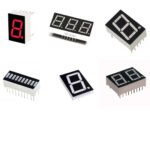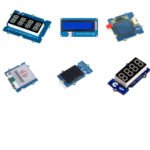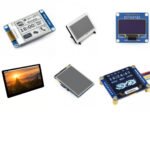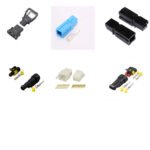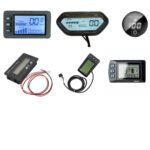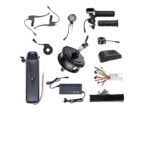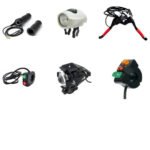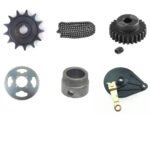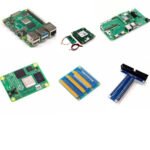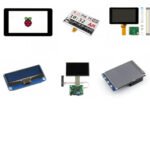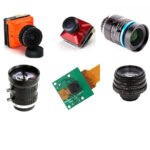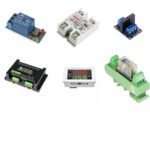Arduino is an open-source electronics platform based on easy-to-use hardware and software. Arduino boards are able to read inputs – light on a sensor, a finger on a button, or a Twitter message – and turn it into an output – activating a motor, turning on an LED, publishing something online.
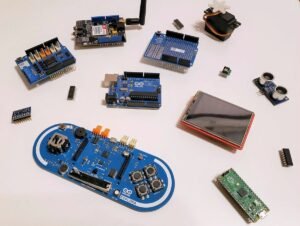

How It Works


Arduino works in a very simple way. It uses three main things to do it’s job:
- Inputs:Sensors and switches are connected to the controller to give it information. These are called inputs, and they can be nearly anything from on/off signals, variable voltage* signals, or communication from another controller. As long as a sensor’s voltage range works with Arduino, you can probably use it.
- Programming:The board is programmed to take its inputs and make decisions based on the information it receives. The programming can be as simple as turning on a light when a switch turns on or something more complex like sending weather information to a web browser. Programming can be done in the Arduino IDE, VS Code, or even Python for some boards.
- Outputs:Finally, the output is the signal the Arduino sends to a component. As with the input, the output can be an on/off, variable voltage*, or communication signal.
Types of Arduino
Here are some of the amazing Arduino boards that have been made:
- Uno R3 & Uno WiFi Rev. 2:The Uno is voted the best beginner board for learning Arduino. This popular board is the go-to for most of your Arduino-based projects. The WiFi Rev. 2 board is an updated version that adds Wi-Fi, Bluetooth, and inertial sensors along with a more powerful processor.
- Micro:A scaled-down version of the Uno R3, the Micro has built-in native USB communication and a more powerful processor. The native USB allows you to make a custom keyboard or mouse, and your computer will automatically detect it as such.
- Nano:This series includes the smallest Arduino boards on offer. There are many versions of this board including the classic Nano, the Every, and the Nano 33 with Bluetooth. The Every, for example, comes with a very powerful processor and is designed to be embedded in a final project.
- Mega 2560:This board is for those looking for more capability than the Uno can provide. It packs a bigger punch with more pins, more memory, and a faster processor.
- Due:In comparison to the Mega, the Due is even more powerful, thanks to a 32-bit processor and added functionality. This is perfect for large-scale projects that demand a powerful controller.
- Pro Mini: This board, retired by Arduino but still available from SparkFun, is a scaled-down Arduino Nano without the USB-Serial connection. It’s designed for embedding into a final project, and it requires a Serial-to-USB board for programming.
- LilyPad:We could never leave this one out. Recently retired, this board was made for wearable projects, and it used conductive thread to make its connections.
Advantages of Arduino:
- Easy to Use:
-
- Arduino is beginner-friendly, with a simple IDE and programming language, making it accessible to those new to electronics and programming.
- Open Source:
-
- Arduino is open-source, encouraging collaboration and allowing users to modify and share both hardware and software components freely.
- Abundant Libraries:
-
- Extensive libraries and code examples are available, saving time and effort by providing pre-written code for common tasks.
- Community Support:
-
- A large and active community provides help, tutorials, and a platform for sharing ideas and projects.
- Affordable:
-
- Arduino boards are cost-effective, making them suitable for educational purposes, prototyping, and hobbyist projects.
Disadvantages of Arduino:
- Limited Processing Power:
-
- Some Arduino boards have limited computing power, which may be insufficient for more complex or resource-intensive applications.
- Fixed Architecture:
-
- The hardware architecture of Arduino boards is fixed, potentially restricting customization for projects with specific requirements.
- Not Suitable for High-Performance Tasks:
-
- Arduino may not be the best choice for applications requiring high performance or real-time processing.
- Limited I/O Pins:
-
- Some Arduino models have a limited number of input/output pins, which could be a constraint for projects with numerous components.
- Dependency on Arduino Ecosystem:
-
- Projects developed on Arduino may become tied to the Arduino ecosystem, making it challenging to migrate to other platforms.

